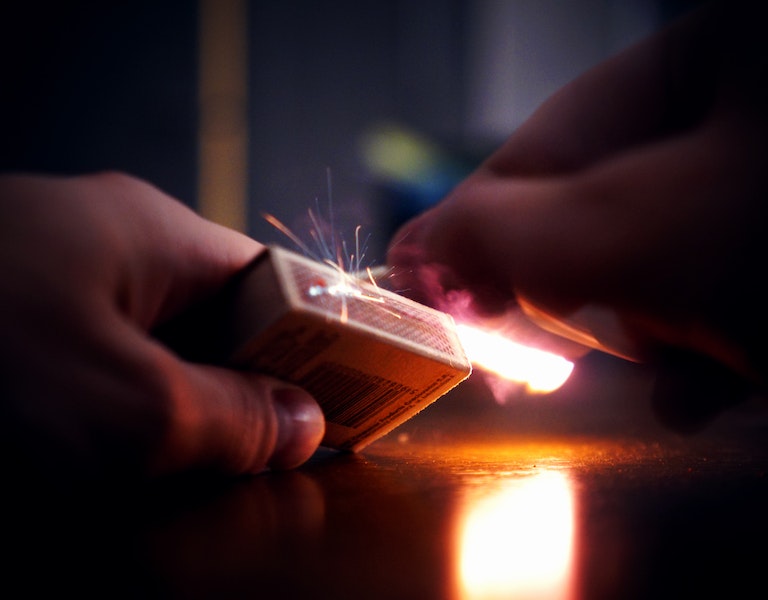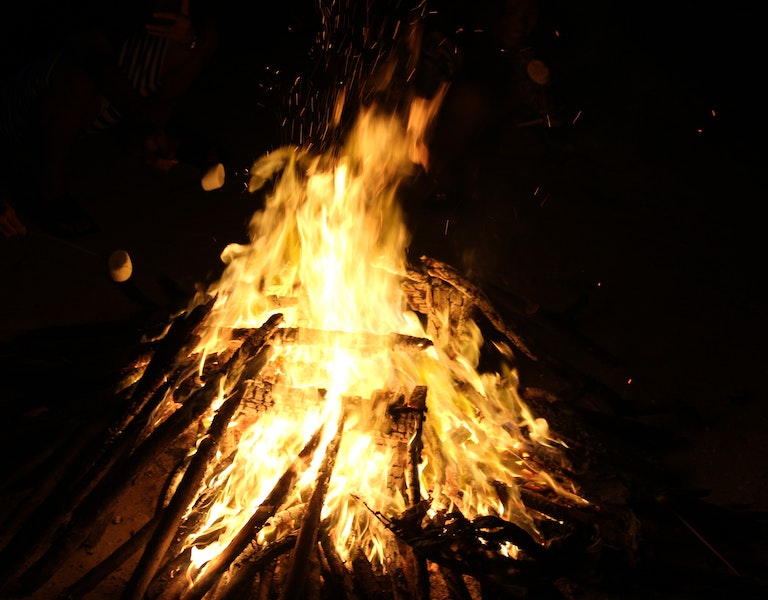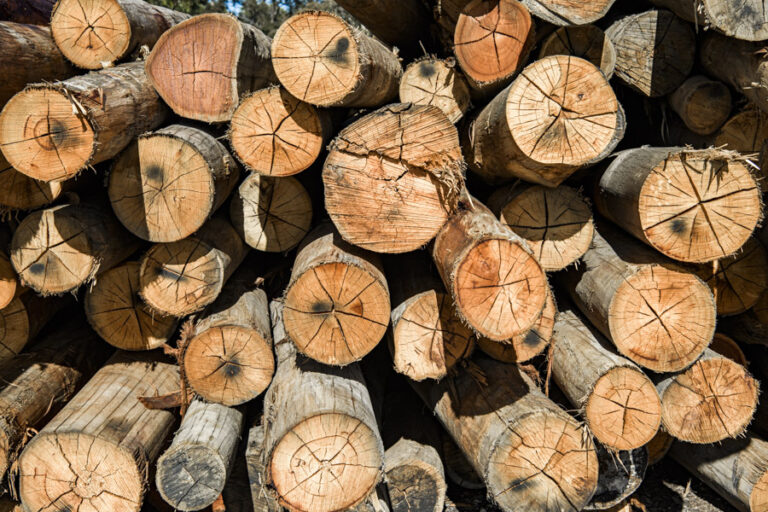
Burning Firewood
A series of quick tips for getting the best results when starting your fire.

If you have a wood burning fireplace or stove in your house, you’ve probably been there: You think you’ve started the perfect fire only to turn back to the fire a few minutes later and find that it has completely flamed out. While each person has their own secret methods for building the perfect fire that will start easily and burn for hours, there are a few best practices you can follow to burn wood most efficiently.
Maintenance of your Wood Heater- It is essential that your wood heater is cleaned particularly the flu that draws the smoke away from the fire, There are many varied arguments as to the need to clean out all ash from a previous burn however we consider a small layer of ash to be acceptable.
Pay close attention to the wood you burn
You can build the perfect fire, but it’s all for nothing if the wood you burn is wet, green or rotted – Buy Betta Burn Firewood- We measure the moisture content and ensure your wood WILL BURN!
Have the right material
You will need:
There are various methods for building the perfect fire:
Conventional wisdom might dictate starting your fire underneath your logs – heat travels up, right? But there is good evidence that suggests you should actually build your fires from the top down, layering smaller pieces on top of a base made of larger logs. This way, the fire grows hotter and hotter and it gradually works its way down to consuming the larger pieces of wood, and you’re left with a hot base of large logs on which you can stack new wood. When you start your kindling, simple fire starters like clustered wax shavings (Jiffy firelighters) can make things even easier than using old newspaper.
Log Cabin OR the top-down method
A much-bandied quote from John James Audubon’s journals may document the use of a top-down fire by woodsmen in Kentucky in 1810, and an article in a 1992 newsletter of the Masonry Heater Association suggests the method was used “in the old days” in Austria. But John Gulland, writer/editor of woodheat.org’s policy section, The Woodpile, traces its adoption by American enthusiasts to the early 1990s.
The basic method goes like this:
http://woodheat.org/top-down-steps.html
A single newspaper twist is lighted, instantly creating a hot fire at the top of the pile.The rest of the newspaper and fine kindling quickly ignite, turning the whole top layer into a hot, smokeless fire. As the fire spreads downward, each successive layer sends its gases streaming upward through flames that consume them before they can reach the flue. Within 10 minutes, the fire is completely ablaze – and the firetending chores are done for at least a couple of hours. When it’s time to refuel, fresh wood can be laid on a wide, even bed of glowing coals, hot enough to make it burst almost instantly into a new, smokeless fire.
TEPEE METHOD – or Bottom up Method
The “tepee” method involves leaning logs against one another over a smaller stack of kindling in the bottom.
Built from the bottom up, starting with twists of paper, firelighter sticks or other material that can be lighted with a match. Small sticks or finely split kindling is laid on top of the starter (Softwood Kindling), larger sticks on top of that(Hardwood Kindling) , and so on up to the biggest pieces on top.
Unless they are built perfectly, such fires tend to struggle along through relightings, the piling on of more paper or kindling, and so forth.
But even if everything goes right, a fire built this way inevitably creates start-up smoke as wood above the initial flames is heated to the combustion point and then begins to burn, slowly, releasing the gases, tar droplets and water vapor that form a smoky plume which streams up the flue and out the chimney. This continues until the fire reaches the stage of high, bright flames that consume virtually all of the smoke components before they can escape.
Lots of things can go wrong, of course, and many fires never reach that happy stage. Wood that has been seasoned insufficiently, or dampened by snow and rain, may keep smoking until it’s charcoal. Even good wood can be arranged so a fire never reaches full potential and, worse, requires constant rearranging as partly burned pieces collapse or roll away. Opening the stove or fireplace doors to lay more wood on a high, hot fire of half-burned logs is an unpleasant chore and usually renews smoke production.
All of these problems can be reduced with skillful practice, but they can’t really be eliminated as long as the fire starts below the fuel.
Fireplace design also plays a large role in how efficiently your fires burn. Today, many wood burning stoves and fireplaces are designed with efficiency in mind. And energy-efficient fireplace and wood stove inserts can be used to maximize efficiency in existing units.
By combining adequately dried and properly stored wood with good fire-building techniques and an energy efficient wood stove or fireplace, you’ll ensure that you’re saving time and money, as well as minimizing the amount of air pollution you generate from your fires.

A series of quick tips for getting the best results when starting your fire.

A series of quick tips for getting the best results when storing your firewood.